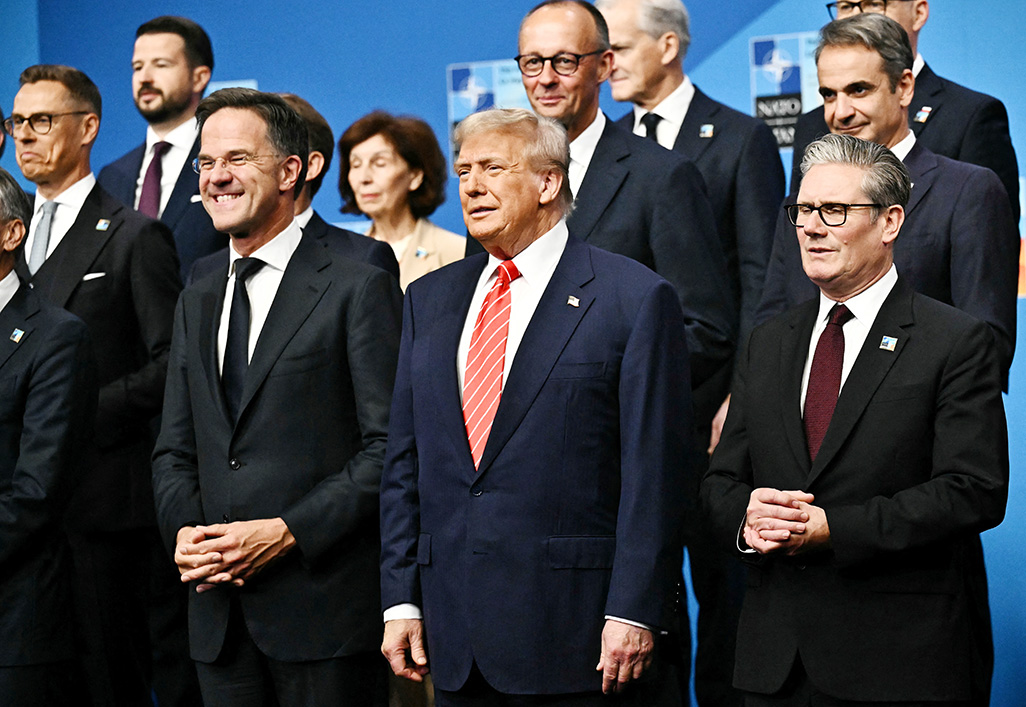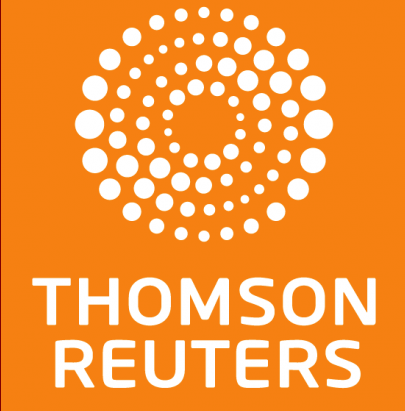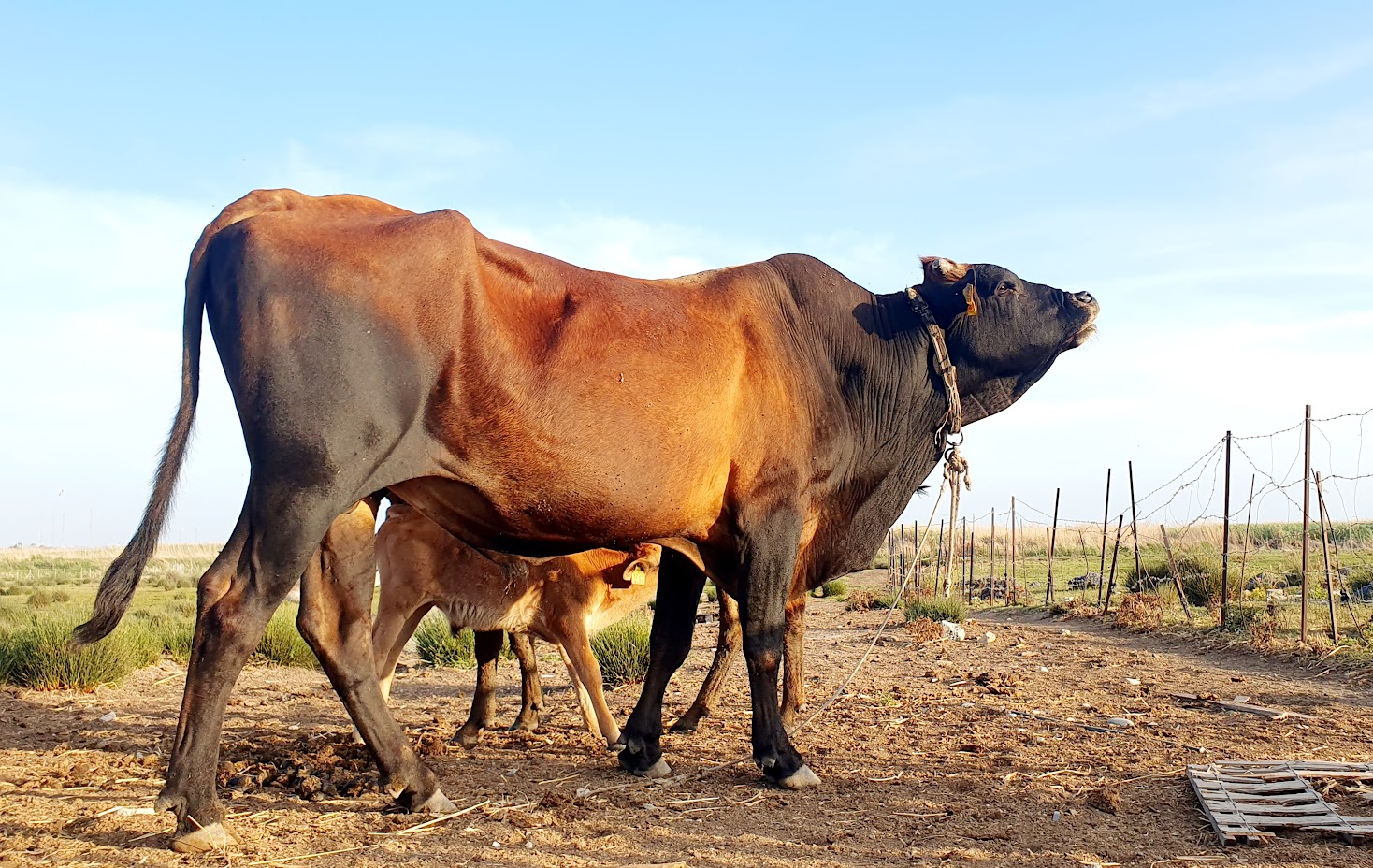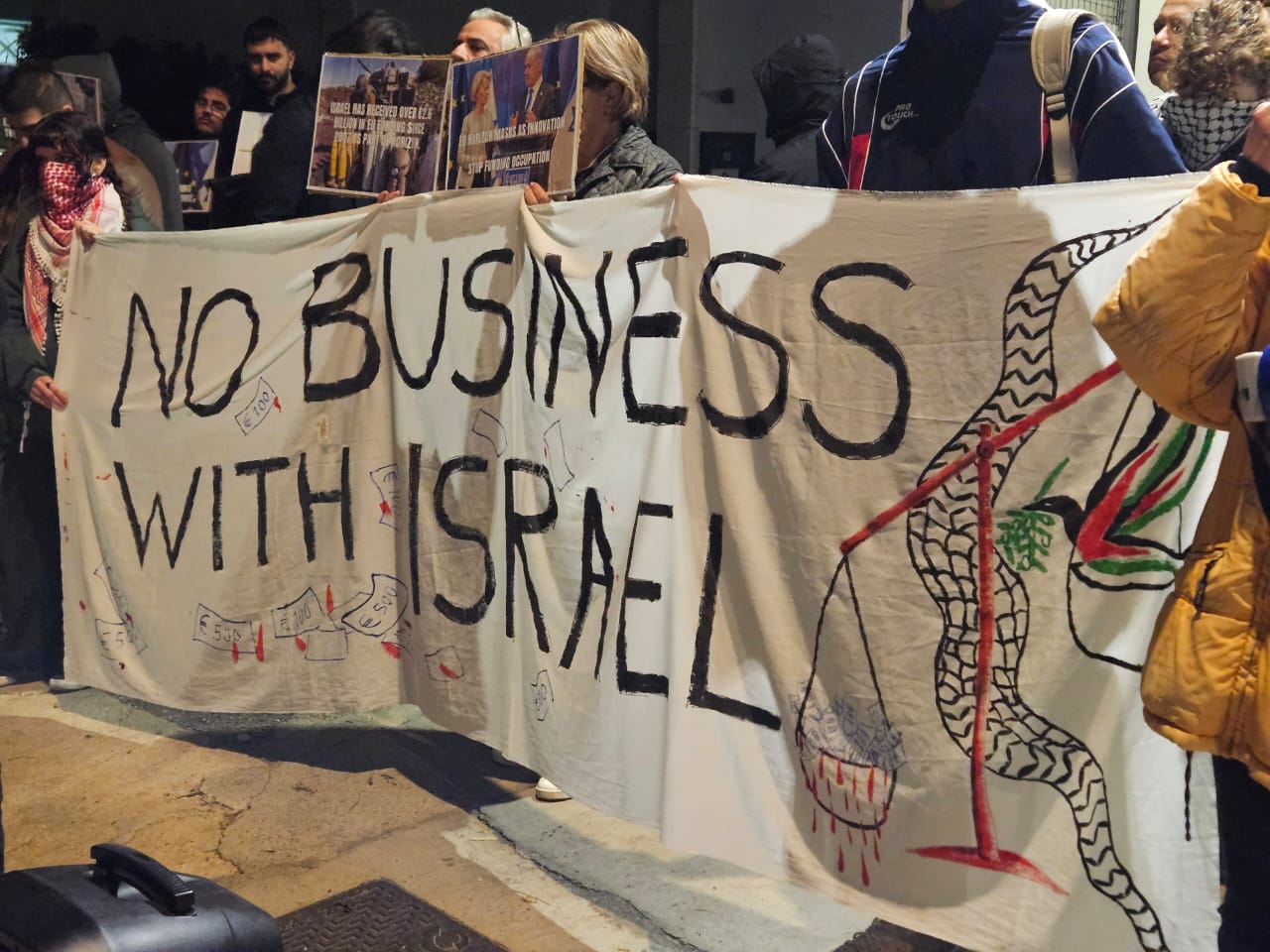NATO leaders on Wednesday backed the big increase in defence spending that U.S. President Donald Trump had demanded, and restated their commitment to defend each other from attack.
While Trump got what he wanted at the brief summit, tailor-made for him, his NATO allies will be relieved that he committed to the fundamental principle of collective defence after less clear-cut language on Tuesday.
In a five-point statement, NATO endorsed a higher defence spending goal of 5% of GDP by 2035 – a response not only to Trump but also to Europeans’ fears that Russia poses a growing threat to their security following the 2022 invasion of Ukraine.
The 32 allies’ brief communique added: “We reaffirm our ironclad commitment to collective defence as enshrined in Article 5 of the Washington Treaty – that an attack on one is an attack on all.”
Asked to clarify his own stance on Article 5, Trump said: “I stand with it. That’s why I’m here. If I didn’t stand with it, I wouldn’t be here.”
MACRON BRINGS UP TRADE WAR AT NATO SUMMIT
Trump had long demanded in no uncertain terms that for other countries step up their spending on defence to reduce NATO’s heavy reliance on the U.S.
Despite an appearance of general agreement, French President Emmanuel Macron raised the issue of the steep import tariffs threatened by Trump, and the damage they may do to transatlantic trade, as a barrier to increased defence spending.
“You cannot come to us as allies and ask that we spend more, tell us we will spend more at NATO – and do a trade war. It’s an aberration,” he told reporters.
NATO Secretary General Mark Rutte, who hosted the summit in his home city of The Hague, said NATO would emerge as a ‘stronger, fairer and more lethal’ alliance.
He had earlier acknowledged that it was not easy for European countries and Canada to find the extra money, but said it was vital to do so.
“There is absolute conviction with my colleagues at the table that, given this threat from the Russians, given the international security situation, there is no alternative,” the former Dutch prime minister told reporters in his home city of The Hague.
The new spending target – to be achieved over the next 10 years – is a jump worth hundreds of billions of dollars a year from the current goal of 2% of GDP, although it will be measured differently.
Countries would spend 3.5% of GDP on core defence – such as troops and weapons – and 1.5% on broader defence-related measures such as cyber security, protecting pipelines and adapting roads and bridges to handle heavy military vehicles.
All NATO members have backed a statement enshrining the target, although Spain declared it does not need to meet the goal and can meet its commitments by spending much less.
Rutte disputes that but accepted a diplomatic fudge with Spanish Prime Minister Pedro Sanchez as part of his efforts to give Trump a diplomatic victory and make the summit go smoothly.
Spain said on Wednesday that it did not expect its stance to have any repercussions.
TRUMP MEETS ZELENSKIY AFTER SUMMIT
Rutte kept the summit and its final statement short and focused on the spending pledge to try to avert any friction with Trump.
Ukrainian President Volodymyr Zelenskiy had to settle for attending the pre-summit dinner on Tuesday evening rather than the main meeting on Wednesday, although he met Trump separately after the conference ended.
The Kremlin on Tuesday accused NATO of being on a path of rampant militarisation and portraying Russia as a “fiend of hell” in order to justify its big increase in defence spending.







Click here to change your cookie preferences